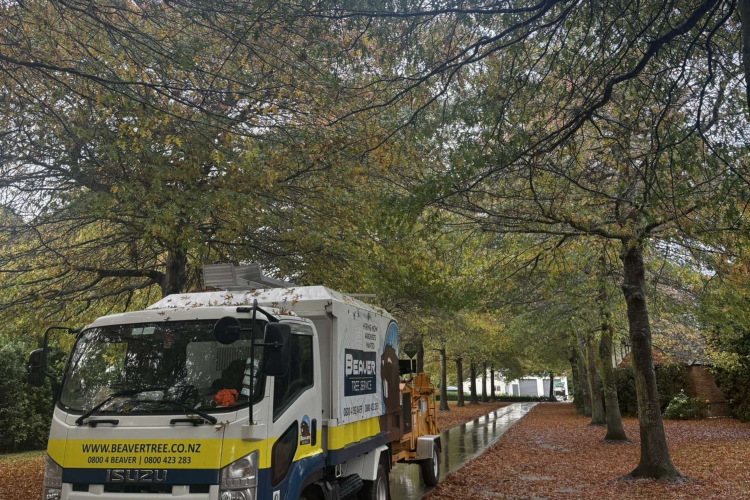Creating a Wildlife-Friendly Garden with Native Trees

There’s something special about a garden that buzzes with bees, flutters with native birds, and hums with life. In New Zealand, creating a wildlife-friendly garden is not only rewarding — it’s a way of supporting biodiversity and helping protect our unique native species. One of the best ways to do this is by planting native trees.
At Beaver Tree Service, we encourage our clients to consider how their gardens can support wildlife, especially as urban development continues to reduce natural habitats. Native trees play a crucial role in providing food, shelter, and breeding grounds for many of Aotearoa’s beloved creatures.
Why Native Trees Matter
New Zealand’s native flora and fauna have evolved together over millions of years. As a result, many native birds, insects, and lizards rely on specific native plant species for survival. According to the Department of Conservation (DOC), planting native species can significantly boost the biodiversity of your area and provide crucial food sources in all seasons.
Unlike exotic species, native trees are well-adapted to local soils, weather conditions, and pests, meaning they often need less maintenance once established.
Native Trees That Attract Wildlife
Here are some great native trees to consider for a wildlife-friendly garden:
- Kōwhai – Famous for its bright yellow flowers, kōwhai is a magnet for tūī and bellbirds.
- Flax (harakeke) – Provides nectar for birds and is a favourite of native bees and geckos.
- Mānuka and kānuka – These early-flowering species attract bees and provide important food in cooler months.
- Pūriri – Offers year-round flowers and fruit, feeding a variety of birds like kererū.
- Cabbage tree (tī kōuka) – Its berries are eaten by birds, and the tree’s structure offers shelter.
For more suggestions based on your region, the New Zealand Plant Conservation Network (www.nzpcn.org.nz) has a helpful database of native plant species.
Tips for a Wildlife-Friendly Garden
- Plant in layers: Include a mix of canopy trees, shrubs, and groundcovers to mimic natural bush and provide a variety of habitats.
- Choose a mix of species: A variety of trees and shrubs ensures food is available throughout the year for different animals.
- Avoid pesticides and herbicides: These can harm insects and birds. Instead, encourage natural predators and healthy plant growth.
- Provide water: A shallow birdbath or water dish can attract birds, bees, and other visitors.
- Be patient: It may take a few seasons for wildlife to fully find and use your garden, but once they do, it’s incredibly rewarding.
Supporting Biodiversity Starts at Home
You don’t need a huge section to make a difference. Even small urban gardens can offer vital refuge for pollinators and birds if planted thoughtfully. Trees not only support wildlife but also improve soil health, reduce erosion, and boost air quality.
If you’re not sure where to start or want advice on suitable native trees for your location, get in touch with our team at Beaver Tree Service. We’re passionate about helping Kiwis create greener, more sustainable outdoor spaces.
